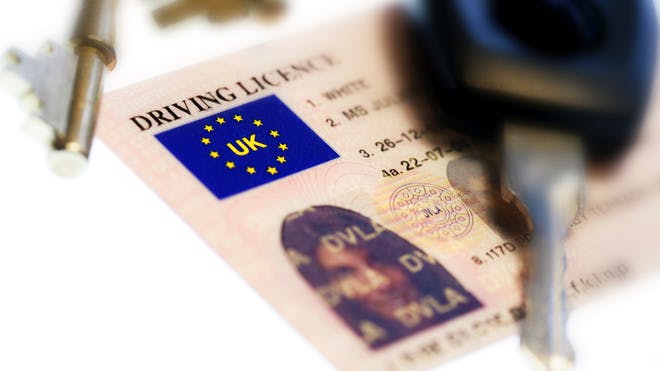What does the DVLA do?

The Driver and Vehicle Licencing Agency (DVLA) is the government agency that all car owners need to know about. This is a quick guide to what it is, what it does. (We’ve tried to keep it to-the-point, but unfortunately, it is a bureaucracy, so there will be document numbers mentioned).
The DVLA: what it is and what it does
The DVLA is the government agency responsible for keeping tabs on all the driving licences in Great Britain, as well as all the vehicles on our roads.
So, if you have to apply for or renew a driving licence, pay your car tax, sort out a log book when buying or selling a car, or want to buy a personalised number plate, you’ll need to deal with the DVLA.
How to register your car
All vehicles have to be registered for use on UK roads. If it’s a brand new car, the dealer you buy it from will probably register it for you. If they do, you’ll get a V5C registration certificate (which is commonly known as the log book) from the DVLA within six weeks. If you don’t receive one within this time, contact the agency.
In the unlikely event that the dealer won’t do it, you can register the vehicle yourself. This is also the case if you build a car from a kit, import a car yourself or rebuild a car. In this case, you’ll need to obtain a V55/44 or V55/5 form from the DVLA (you can find more details at www.gov.uk).
What is a V5C log book?
The V5C is one of the most important documents for all car owners. Often referred to as a log book (because that’s what it used to be, a small book: now all the information is contained on one piece of paper), it contains all the essential information about a car and who owns it.
When you receive the V5C after buying a car, you probably won’t need to contact the DVLA to change any of its details. However, if there are any mistakes, or if you change your name or address, make certain modifications to the vehicle, or sell the vehicle, you will need to contact them.
What you need to do when buying a car
If you’re buying a used car, you need to check the V5C, to make sure the details on it (the VIN, or chassis number, for example) match the car you’re buying. But you also need to check that the form is itself genuine: hold it up to the light and check for watermarked lines of large text from top to bottom, repeating the letters DVL.
If everything’s in order, the seller will enter your details on the V5C and send it off to the DVLA, but also tear off and give you the V5C/2 section, which you keep until the DVLA sends you a new V5C, usually within a few weeks.
What you need to do when you are selling a car
If you’re selling your car, it’s important to ensure that all the paperwork is in order. You’ll have to complete the new keeper details on the V5C (section 6), sign it (section 8) and send it off to the DVLA. You’ll also have to complete, tear off and hand over the new keeper part of the V5C to your buyer (which will be the V5C/2, if it’s a private buyer, or the V5C/3 if it’s a car dealer).
Updating your details with the DVLA
You will have to inform the DVLA by post to update your driving licence, V5C and any direct debit details (if you pay for your car tax in this way), like when you move house. You can still drive while you wait for the new documents to be sent to you.
Personalised number plates
For that personal touch to your car, you might want to invest in a personalised number plate, which the DVLA is responsible for administering.
You can buy a new number plate from DVLA Personalised Registrations at one of the auctions the agency holds across the country, about five times a year. You can see a list of the numbers coming up for auction in advance, then bid in person, by phone, in writing or online.
If you’re successful, you’ll get a certificate of entitlement, called a V750, once you’ve paid for the personalised number, which proves that you have the right to put the number on (or “assign it to”, in official terms) a vehicle.
You can also buy a private number from a dealer or an individual. Most dealers will transfer the number to your vehicle for you, but if you want to keep or assign the number yourself, just ask the dealer if you can have the V750 or V778 and then contact the DVLA to assign it to your car.
Make searching and staying updated even easier.